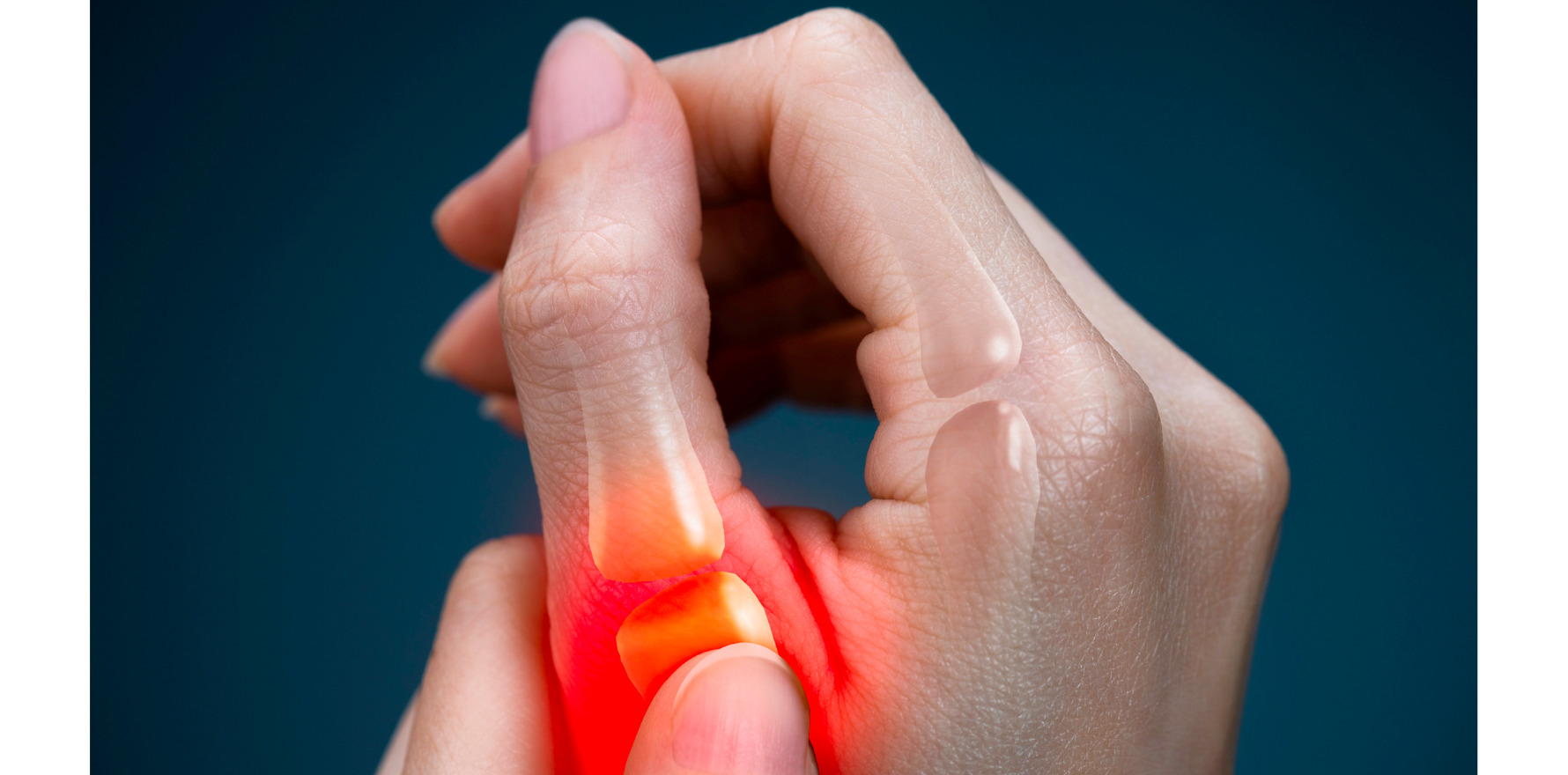Study gets good results with combined conservative therapies for thumb base OA but long-term compliance needs more work.
A new Australian study has demonstrated that combining conservative therapies for people with thumb base osteoarthritis (OA) can be beneficial. However, long-term compliance needs more work.
In the randomised clinical trial, researchers from the University of Sydney’s Institute of Bone and Joint Research assigned 204 people with thumb base OA to one of two groups: a control group where they received education about osteoarthritis and ergonomic principles or an intervention group where they received the combination of a neoprene splint, a hand exercise program and topical NSAID diclofenac sodium in addition to education.
Thumb base pain (assessed by a visual analogue scale) and hand function (measured against the Functional Index for Hand Osteoarthritis, FIHOA) were recorded at six and 12 weeks. The study, published in JAMA Internal Medicine, reported small beneficial effects on hand function at six weeks – and greater improvement in both pain and hand function at 12 weeks – in those receiving the combined treatments, compared with the education-only group.
Thumb base OA predominantly affects postmenopausal women, and radiographic signs of osteoarthritis are estimated in approximately one third of women older than 70 years, noted the authors.
“People with thumb base OA experience pain at the base of the thumb that is usually aggravated by common activities such as turning a key in the lock or opening jars, for example,” said study author Dr Leticia Deveza, rheumatologist and research fellow at the Institute of Bone and Joint Research.
“In consequence, their ability to do things using their hands is affected and the hand muscles tend to get weak with time,” she said.
People with thumb base OA can readily access a range of conservative treatments via GPs and physiotherapists, particularly hand therapists, Dr Deveza told RR. But individually these treatments tend to provide only small benefits to patients, and the study found low compliance with the combined treatment regimen at six months follow-up.
“Most participants continued to use one treatment or more but not all four treatments combined as recommended in the trial, likely due to their preferences and perceived efficacy,” said Dr Deveza.
“Interestingly, pain and function didn’t get significantly worse, meaning that participants were able to self-manage their condition,” she added.
Dr Deveza told RR that regular monitoring is a very important part of osteoarthritis management.
“Treatment compliance can be improved by having regular contact with patients and reviewing their symptoms, since many of our study participants reported forgetting to use the treatments,” she said. “But again, people’s preferences for treatment should be considered especially when outcomes are relatively stable.”


